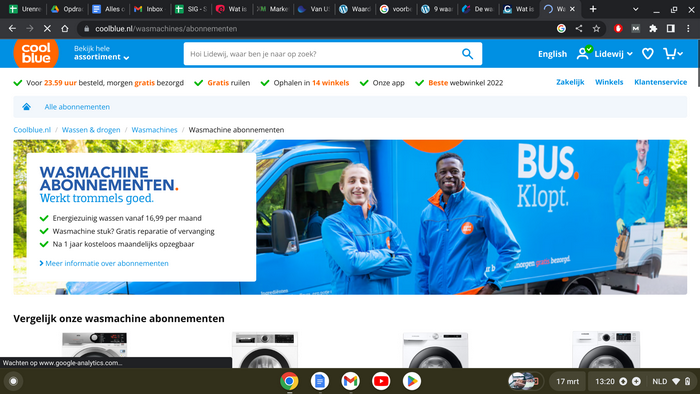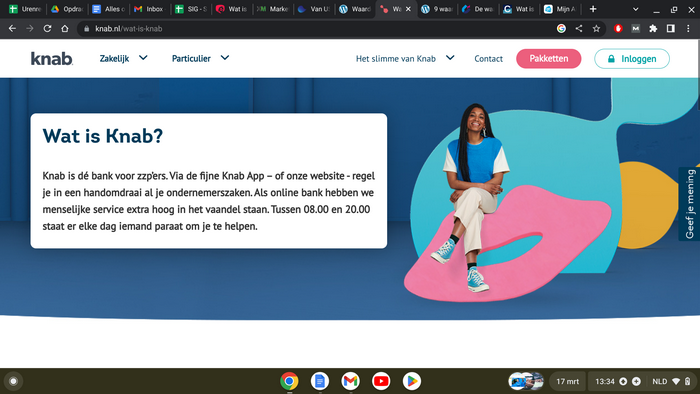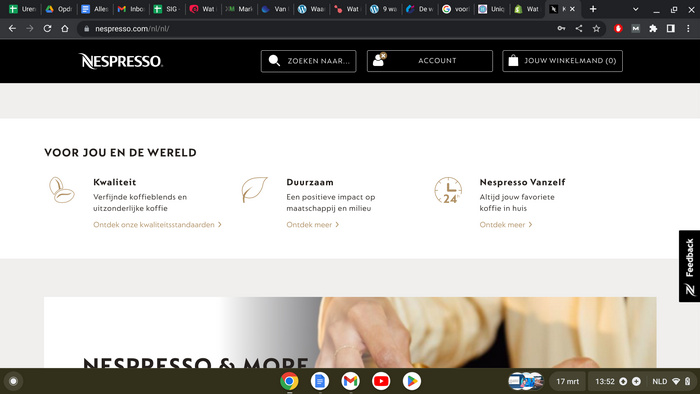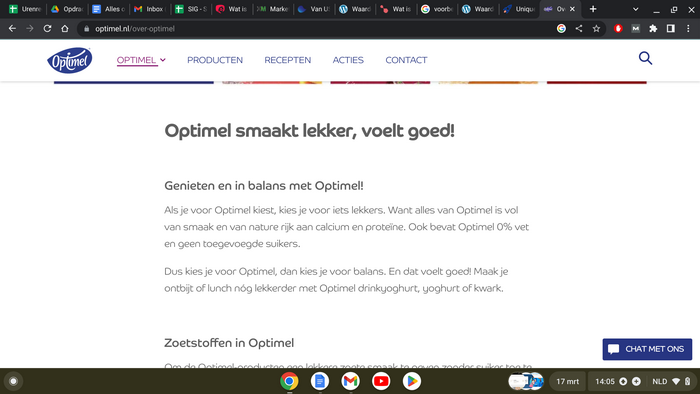Everything about a strong proposition, USPs, and UBRs


Last update on: 1 Sept 2025
Reviewed by: ![]() Michel van Hesse
Michel van Hesse
To make your business succeed, you need to stand out from the competition. Often, within an industry, many companies offer approximately the same product or service. A strong value proposition with the necessary USPs and UBRs will help you secure a good position in the market. But what is the difference between USP and UBR? And how do you actually determine the value proposition? Here, we provide you with the definition of these terms, give you tips, and illustrate how you can effectively use USPs and UBRs with examples.
Contents:

Why should a customer choose your product or service over that of a competitor? You answer this question with a value proposition. A value proposition is about how you present your product or service to the customer in a way that convinces the customer of the unique qualities of your product or service.
A strong value proposition focuses not only on describing the objective value elements of what you sell but also on why the customer should specifically choose your organization. This includes aspects of customer experience. A good value proposition explains how your product or service solves the customer's problem, how it improves the customer's life, and why your offer does it better than the competition.
A value proposition doesn't have to be a long story. In fact, it's often better to keep it concise. This way, (potential) customers quickly understand what they can expect. Here are a few examples.
Buying a washing machine is a significant expense for many people. Coolblue smartly addresses this by offering a washing machine subscription. In their value proposition, they tell customers exactly why signing up for such a subscription is a good idea.

Getting a good washing machine isn't enough to convince customers. They can get that from other providers as well, and it's the minimum they expect from such a subscription. Free repair or replacement, ensuring you're never without a working washing machine for long, is indeed a way to convince customers. Dealing with a broken appliance is always inconvenient, and no one wants the hassle of dealing with it. Coolblue addresses this pain point in their value proposition and provides an immediate solution.
Another common concern with subscriptions is that people are afraid of being tied to them for a long time. That's why Coolblue clearly states in their value proposition that the subscription is free to cancel monthly after one year. The customer doesn't need to read the fine print to discover this; they immediately know what they're getting into.
Coolblue also cleverly mentions in their value proposition that the washing machines are energy-efficient. Sustainability is an important theme for many people, and nobody wants to deal with high energy costs. Energy-efficient washing for a relatively small monthly fee is, therefore, very appealing to many people. Coolblue manages to capture the interest of many people for their washing machine subscription in just three points.
Knab is a relatively small Dutch bank that specifically targets freelancers (zzp'ers). This is something we also see directly in their value proposition.

Knab calls itself 'the bank for freelancers (zzp'ers)'. It is an online bank, so customers cannot visit a physical branch. This raises the question for many people whether Knab can provide the service they expect from a bank. In their value proposition, Knab cleverly addresses this by emphasizing that human service is still essential. At the same time, they focus on the speed at which freelancers can manage their banking and other business affairs online.

When creating a value proposition, you will encounter both USPs and UBRs. Although these terms are related, they each have their own meaning. Let's start with an explanation of USP. USP originally stood for Unique Selling Proposition, but it has commonly been adapted to Unique Selling Point. It refers to product features that make the product unique compared to similar products or services in the market. A USP is reasoned from the key features of your product or service. In a value proposition, a USP is important to let customers know why your product/service is different from that of the competition. A USP can also focus on, for example, the unique experience your company offers.
But what makes a good USP? The most important thing is to focus on a unique aspect of your offering.
To answer the question 'What are USPs examples,' we take the well-known coffee brand Nespresso as an example. On their website, they identify three very clear Unique Selling Points.

With these three points, they focus on different aspects that customers may find important. The quality of their coffee comes first, but they also emphasize the sustainability of their coffee as a USP. Additionally, they address the customer's desire to always have coffee at home. While customers often have to go to a store or place an order with competitors, Nespresso offers the option to have coffee capsules delivered automatically. This unique service can be a compelling reason for people to choose Nespresso.
In addition to USPs, UBRs are also crucial in a value proposition. UBR stands for Unique Buying Reason. It concerns the customer's emotional buying motives. These are not rational benefits like USPs; they go a step further. A USP can be great, but if it's not relevant to your customer, it won't yield anything. A UBR is, therefore, reasoned from the customer's perspective. What is genuinely important to the customer, and how does your product/service better address it than the competition? By tapping into the customer's emotions, you increase the chances of closing a deal.
To develop a UBR, you ask yourself, 'What is my customer's need?' Once you have a clear answer to this question, you can determine which USPs of your product align with it. This is how you translate a USP into a UBR.
To illustrate the difference between USPs and UBRs, we take Optimel as an example. Optimel has USPs that their products are 0% fat and have no added sugars. They are also rich in flavor and contain calcium and protein. These are all actual product characteristics and, therefore, fall under Optimel's USPs.

However, if we look at the value proposition of Optimel above, something else stands out. They also appeal to the customer's feelings. With phrases like 'feels good' and 'then you choose balance,' Optimel is selling a feeling. They tap into the emotions of people who want to eat healthier or achieve more balance in their diet. Everyone wants to feel good, and if we are to believe Optimel, their products contribute to that. These are emotional buying motives and, therefore, Optimel's UBRs.
If you want to create a strong value proposition for your business, you may wonder whether to focus on USPs or UBRs. According to us, the best strategy is to consider both. Unique Selling Points are certainly important to market your product or service, but Unique Buying Reasons often truly convince customers. Especially in a saturated market where customers have a lot of choices, Unique Buying Reasons can be that extra push.
You can also use both USPs and UBRs in sales conversations. Your product or service likely has several different Unique Selling Points. However, not all of them may be equally valuable or interesting to your customer. For example, if you are the cheapest provider in the market, that can certainly be interesting to your customer. But if the customer indicates in the conversation that they are mainly looking for quality and price doesn't matter, you may not want to emphasize this USP. Instead, focus on other USPs that you translate into the emotional needs the customer hints at during the conversation. So, listen carefully to what your conversation partner tells you.
Do you need help identifying your USPs or find it challenging to translate these unique points into Unique Buying Reasons? The experts at Sales Improvement Group are here to assist you. Together, we'll explore what drives your customers and how you can use it in your value proposition. That's how you can truly make progress.